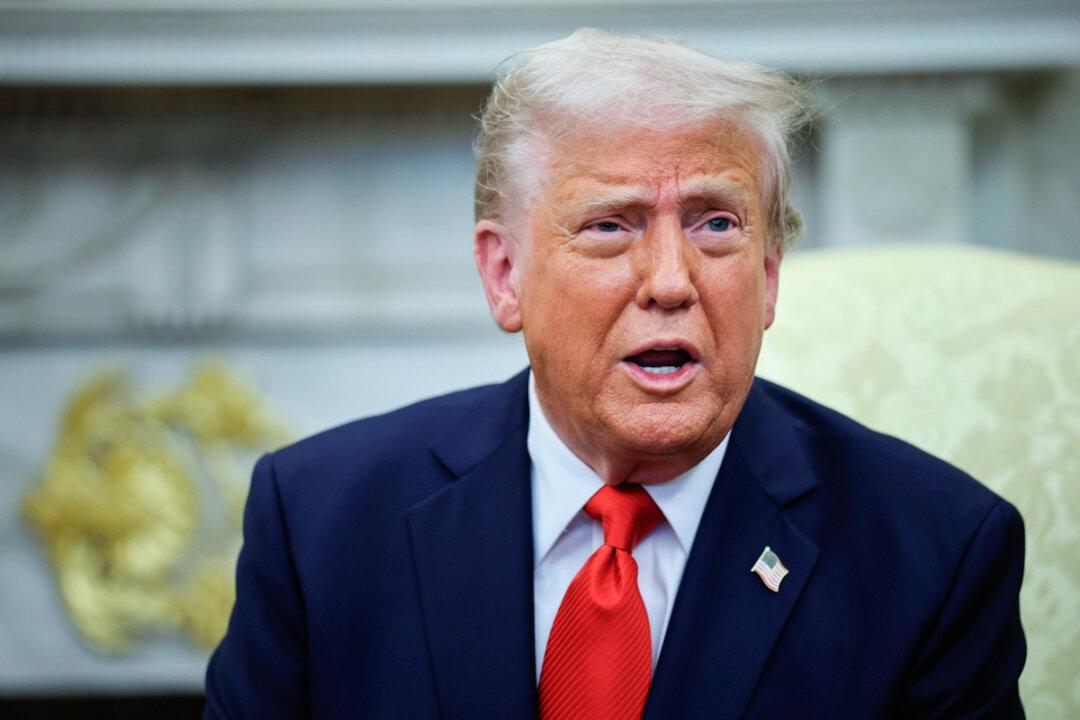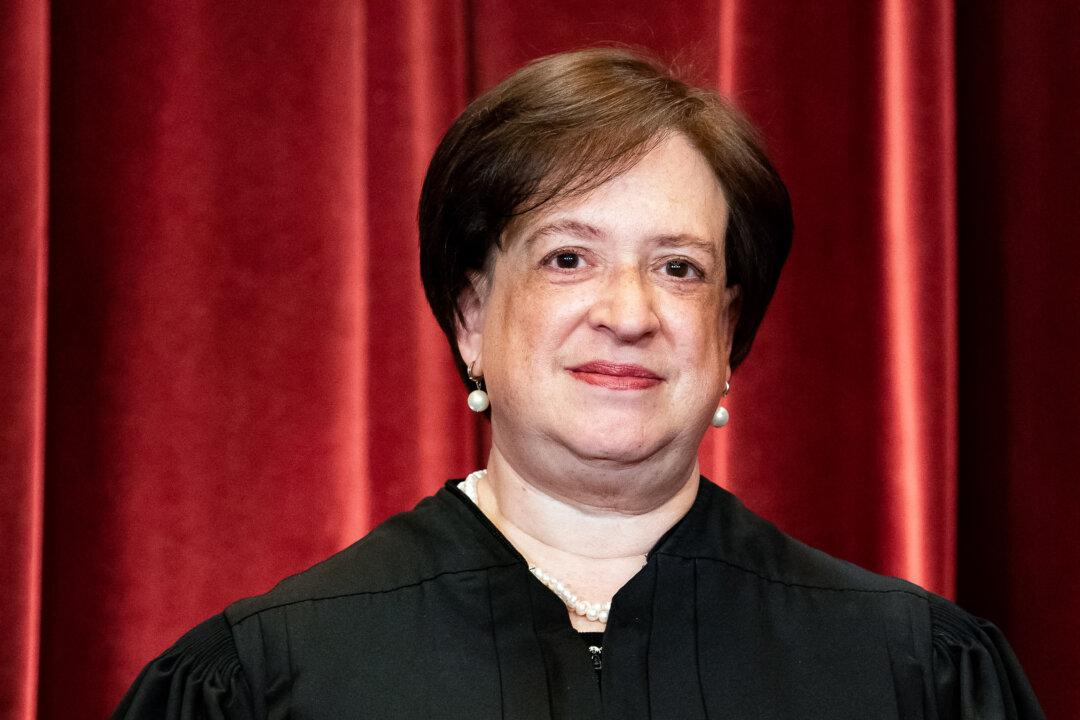President Donald Trump met with Japanese officials at the White House on April 16 to discuss trade negotiations, and his quick reaction on social media afterwards suggested a positive result.
“A Great Honor to have just met with the Japanese Delegation on Trade,” he said in a post on Truth Social. “Big Progress!”
Joined by Treasury Secretary Scott Bessent and Commerce Secretary Howard Lutnick, the talks were scheduled after Trump announced he would impose tariffs on the island nation.
Trump previously confirmed on Truth Social that he would attend the meeting, and that discussion topics would include “the cost of military support, and ’trade fairness.'”
The United States and Japan have had a decades-long military alliance, formed in the aftermath of World War II. Thousands of American troops are stationed on Japanese soil, a majority of them on a military base in Okinawa Prefecture.
This month, Trump announced a 10 percent baseline tariff on nearly every country in the world but added higher, reciprocal tariffs on a number of significant trading partners, including Japan, Vietnam, the European Union, China, and others. Later, he announced a 90-day pause on the higher tariffs for every country except China, which was hit with a total rate of 145 percent.
Higher tariffs on imports from China are needed, Trump said in his announcement suspending the other duties, because the Chinese regime has taken advantage of the United States for decades on trade. The Chinese regime has responded by imposing higher tariffs on U.S. products.
Before the 90-day pause announcement, Japan was hit with 24 duties on its exports to the United States. The 10 percent universal rate on Japanese imports and a 25 percent duty for Japanese cars, a major component of the country’s economy, remains intact.
Bessent has said that there is a “first mover advantage,” given that Washington has stated that more than 75 countries have requested talks. However, Japanese Prime Minister Shigeru Ishiba said on April 14 that his country won’t rush to reach a deal and does not plan to make big concessions, although he said he would not impose countermeasures on U.S. tariffs.
The Trump administration is working with dozens of countries to negotiate new trade deals, White House officials said this week.
“We’ve had more than 15 deals, pieces of paper, put on the table, proposals that are actively being considered. And as we’ve said consistently, more than 75 countries have reached out,” Leavitt told the press conference.
“We’ve got everybody in the trade team and even deputies of people in the trade team talking to just about everybody on Earth, and I think that we’ve got more than 10 deals where there’s very good, amazing offers made to the U.S.,” he said, noting that officials are mulling “whether those deals are good enough.”
For decades, Trump has been critical of the U.S. trade deficit with Japan and other countries, saying that American companies have been put at a disadvantage by trade practices and intentional efforts by other countries to maintain weak currencies. The recent tariff announcements by the White House also state that the decision was a way to shore up national security and return manufacturing to the United States.







